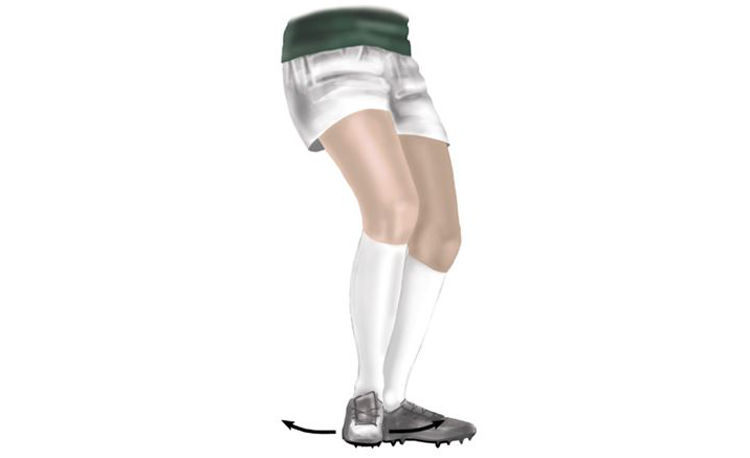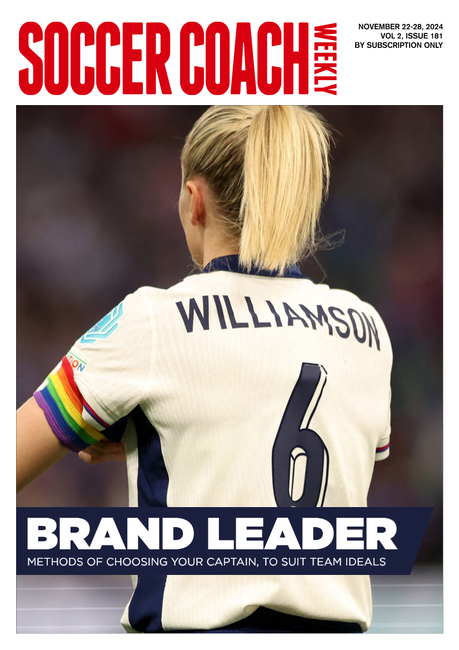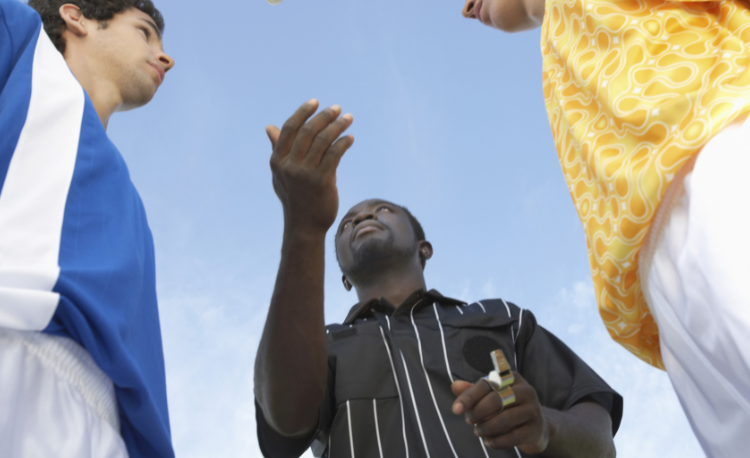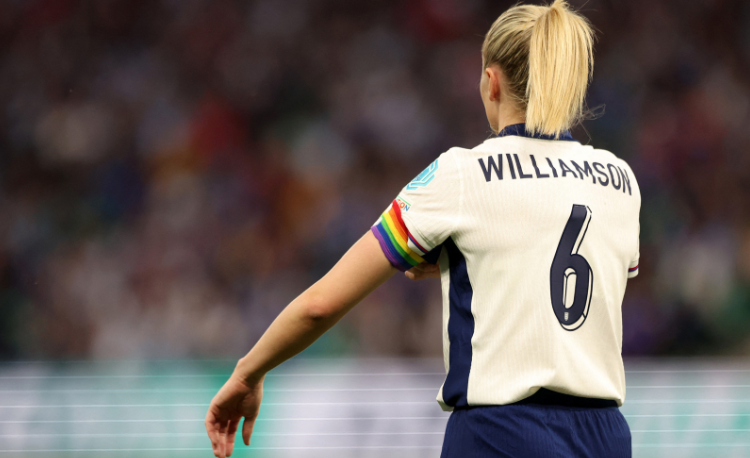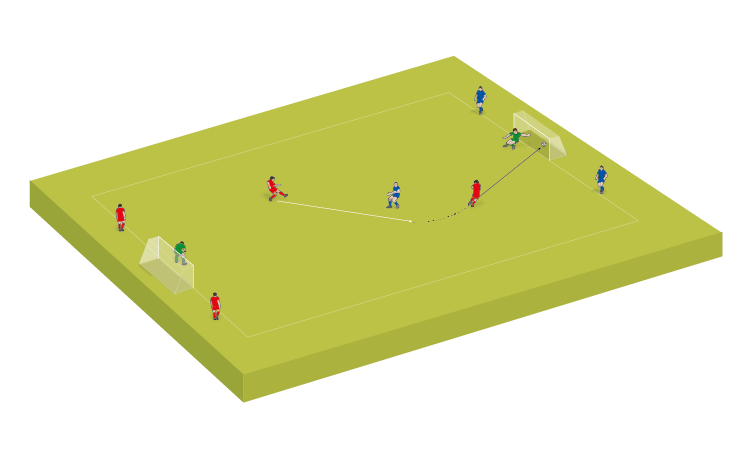Training passing motor skills in four simple steps
USSF A license coach and trained psychologist Michael Curless guides you through the process of learning the motor skills required for the push pass
Good soccer skills are essential to player and team success.
Skills are challenging to learn because they require the use of parts of the body - the feet, thighs, head and chest - that are not typically used in other sports or activities.
Soccer players are also required to use both dominant and non-dominant sides of their body.
Even when players are provided with good demonstrations and ample time to practice, they may be slow to learn how to perform each skill well.
Neuromuscular training improves players’ motor control by systematically teaching the foundational movement patterns of each skill. This training accelerates skill learning, reduces injuries and can be successfully used by coaches with limited soccer experience.
Below are the four simple steps to take players through as they learn the motor skills required for certain skills - in this case, the push pass.
If they continue to execute a skill incorrectly, the coach can go back through the steps below to identify the reason(s) for the mistakes.
1. Soccer Position (Athletic Stance)
Players begin in the soccer position. This stance helps players prepare mentally and physically to do the neuromuscular soccer skills training.
Coaching instruction
“Stand with your feet facing forward, knees softly bent, feet just wider than shoulder width, engaged at the core.”
2. Grounded Skill Position
Related Files
Players hold the skill position with the playing foot touching the ground, making it easier for them to maintain the correct body alignment.
Push pass coaching instruction
"Turn your passing foot, while still on the ground, perpendicular to the planted foot. The heel of the passing foot is about the width of a fist away from the inside of the planting foot. Your knees should remain bent, and the toe of your planted leg should point straight at the passing target."
3. Open skill position
Players maintain skill position from step #2, while holding playing foot in the air. This requires substantial balance and strength. Often, the playing foot in the air will shake as the player struggles to hold the skill position. Wait until they can hold the playing foot still before moving to the next step.
Push pass coaching instruction
“Hold your foot in the air a couple of inches off the ground in the passing position. Keep the planted knee bent and your core crunched as you lift the passing foot. Swing the passing foot up and back straight in front of you, about two inches above the ground. The passing movement should be smooth with the planting knee bent and core crunched”
4. skill
After perfecting the position and movement of the skill without a ball, players are asked to perform the skill with one.
Push pass coaching instruction
"Pass a ball back and forth with your partner. Use two touches, one to trap and one to pass. Use the same form to trap the ball as you have learned to pass it."
Conclusion
Neuromuscular training can be used to teach players how to perform all soccer skills. Although you might think adding neuromuscular training to your practices will be burdensome, once you become familiar with the coaching steps for each skill you will be able to run through them quickly.
Newsletter Sign Up
Coaches Testimonials

Gerald Kearney, Downtown Las Vegas Soccer Club

Paul Butler, Florida, USA

Rick Shields, Springboro, USA

Tony Green, Pierrefonds Titans, Quebec, Canada
Subscribe Today
Discover the simple way to become a more effective, more successful soccer coach
In a recent survey 89% of subscribers said Soccer Coach Weekly makes them more confident, 91% said Soccer Coach Weekly makes them a more effective coach and 93% said Soccer Coach Weekly makes them more inspired.
*includes 3 coaching manuals
Get Weekly Inspiration
All the latest techniques and approaches
Soccer Coach Weekly offers proven and easy to use soccer drills, coaching sessions, practice plans, small-sided games, warm-ups, training tips and advice.
We've been at the cutting edge of soccer coaching since we launched in 2007, creating resources for the grassroots youth coach, following best practice from around the world and insights from the professional game.


